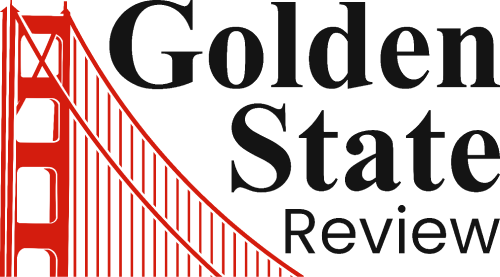Beginning August 2025, several U.S. states have launched new stimulus and relief payment programs designed to help residents manage inflation-related expenses during the late summer season.
In New York, Governor Kathy Hochul has initiated Phase 2 of the School Tax Relief (STAR) program. Eligible homeowners, especially those with school tax payments due in August or September, will receive payments ranging from $350 to $600, while senior homeowners could be eligible for amounts between $700 and $1,500. This benefit may come in the form of a direct check, deposit, or a reduction in their school tax bill. Phase 1 was already distributed earlier in the summer to residents in New York City, Buffalo, Yonkers, Rochester, and Syracuse, covering nearly 3 million homeowners with over $2.2 billion in relief statewide.
In Alaska, the Permanent Fund Dividend payment resumed, offering $1,702 to eligible residents. To qualify, individuals must have been full-year residents of Alaska in 2023, must not have claimed residency elsewhere, and must have no felony convictions. Payments for applications marked as eligible and unpaid by August 13 will be issued on August 21.
In California, Sacramento launched the Family First Economic Support Pilot, a targeted program for low-income families with young children in specified zip codes. Selected households receive $725 per month for a year along with financial coaching and community resources. The pilot supports 200 families and aims to reduce child poverty and stabilize household finances.
Across these states, eligibility varies depending on income, residency status, recent tax filings, and local program requirements. Some programs require no application, while others mandate formal enrollment.
These programs began in August and reflect growing state-level initiatives to support households facing elevated costs of living, including school-related expenses, rent, energy bills, and childcare. They serve as targeted relief efforts during a period traditionally marked by higher household spending.
As federal stimulus initiatives have largely wound down, these state-driven programs represent an evolving response to cost-of-living challenges, especially in states with budget surpluses or oil- and sales-tax–driven revenues. For many Americans, they offer timely and tangible support amid uncertain economic conditions.



